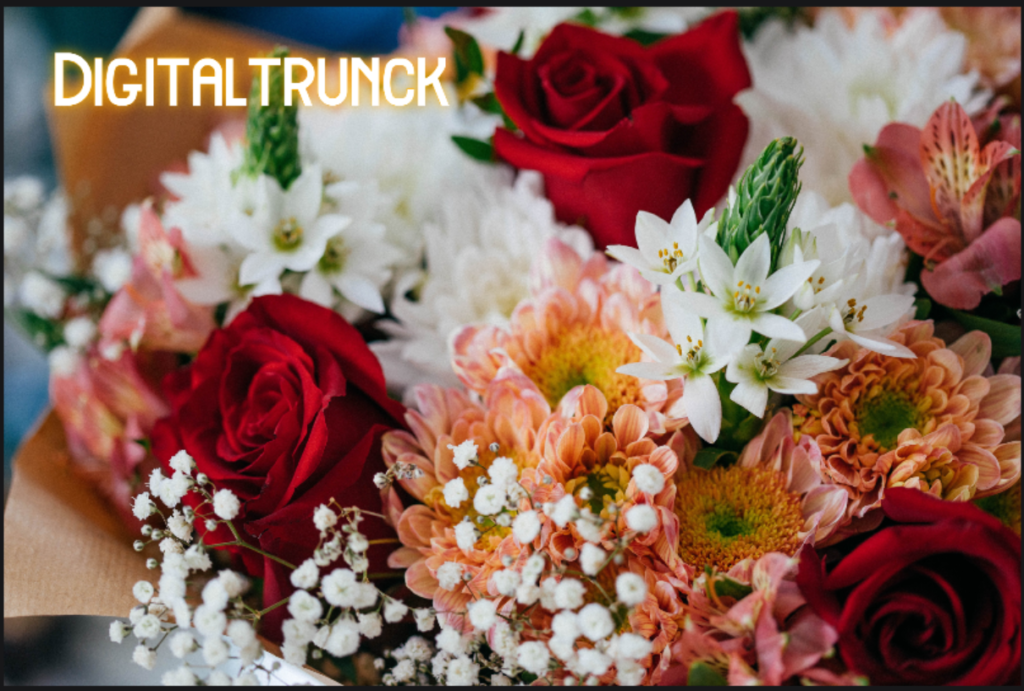Step by Step guide for Arranging Flowers
Arranging flowers is more than just tossing them into a vase—it’s an art that involves careful thought and technique. To create a stunning centerpiece that keeps flowers vibrant, a bit of planning and preparation is essential. However, learning how to arrange flowers in a vase and achieving a professional look is quite easy. Once you grasp the basics, flower arranging becomes a fun and straightforward endeavor. This guide breaks down the process step by step, helping you effortlessly create and showcase beautiful bouquets.
Choose a Vase
When picking a vase for your flower arrangement, pick one that not only meets your practical needs but also complements the beauty of your flowers. Consider where you intend to place the bouquet—the size of the vase should align with the space. Opt for a shorter vase for compact areas and a taller one for a grand entrance. Start with a vase featuring a narrow opening.

Flower Arrangement Design
A helpful approach to arranging flowers is to choose a color scheme in advance of your flower shopping. This ensures that you select flowers with harmonious colors that complement each other. Monochromatic schemes, showcasing different shades of the same color, create a captivating visual impact. For a bold and vibrant floral design, consider using complementary colors that contrast effectively.
However, there’s no strict rule when it comes to pairing flowers. Moss suggests exploring what’s currently in bloom in your garden or available at the local market. She advises being open-minded and following your instincts. “Being too specific in a search can prevent you from looking at other beautiful candidates,” she notes. Embrace variety by choosing flowers with different growth patterns, shapes, and sizes, and observe how they harmonize in your arrangement.
How to Cut and Prepare Flowers: A Guide to Perfect Arrangements
So, you’ve got your flowers, and the excitement to arrange them is kicking in. But hold on, there are crucial steps to ensure your flowers stay fresh and vibrant. Start by carefully removing excess leaves and any damaged petals from the stems. Trim away unwanted buds on the same stem as a full flower. Once the stems are tidied up, give them a fresh diagonal cut at the bottom. Now, place these trimmed stems in a vase or bucket of water (it doesn’t have to be the final vessel) with some cut flower food to keep them blooming beautifully.

Add Greenery
The key to a stunning flower arrangement is creating a solid foundation. Start by inserting greenery as your base layer. This step is crucial as it provides structure and a supportive nest for the blooms. Opt for two to three different types of greenery to add texture and depth to your arrangement.
When selecting greenery, think about incorporating various textures. Gofton recommends using long, wispy grasses for a clean and simple design, while adding a touch of drama with big, shiny leaves. This is the perfect opportunity to explore your neighborhood foraging options—shrubs or even weeds can contribute unique green elements to your arrangement.
Add Focal Flowers
Focal flowers, typically the larger or more uniquely colored blooms, take center stage in your arrangement. Aim for odd numbers when incorporating them to achieve a natural and asymmetrical appearance. Avoid sticking focal flowers straight out on the sides, as this may result in a droopy and heavy look rather than a vibrant and perky one. To simplify your arrangement process, consider placing the vase on a lazy Susan, enabling you to view all sides effortlessly without constant repositioning.
Add Secondary Flowers
In more expansive arrangements, secondary flowers serve as a captivating intermediary layer situated between focal and filler flowers. Described as the supporting characters, they fill in the spaces around the focal flowers, contributing to the depth and enhancing the chosen color palette. According to Gofton, a floral expert, opting for secondary blooms with distinct head shapes and incorporating flowers at different stages—from bud to full bloom—can elevate your arrangement. To achieve a truly distinctive design, select various types of secondary flowers, considering diverse colors and textures.





